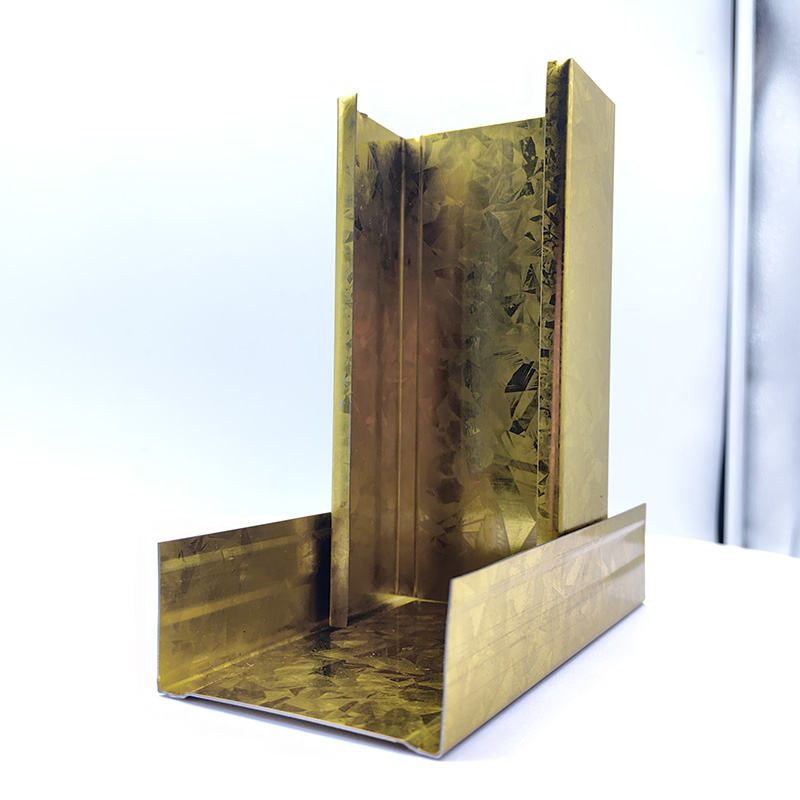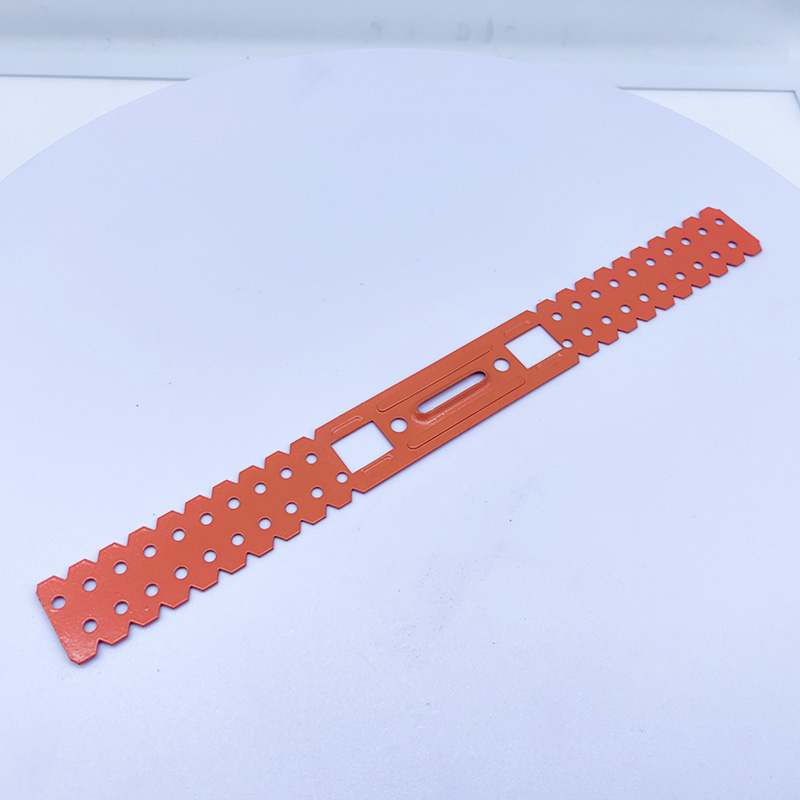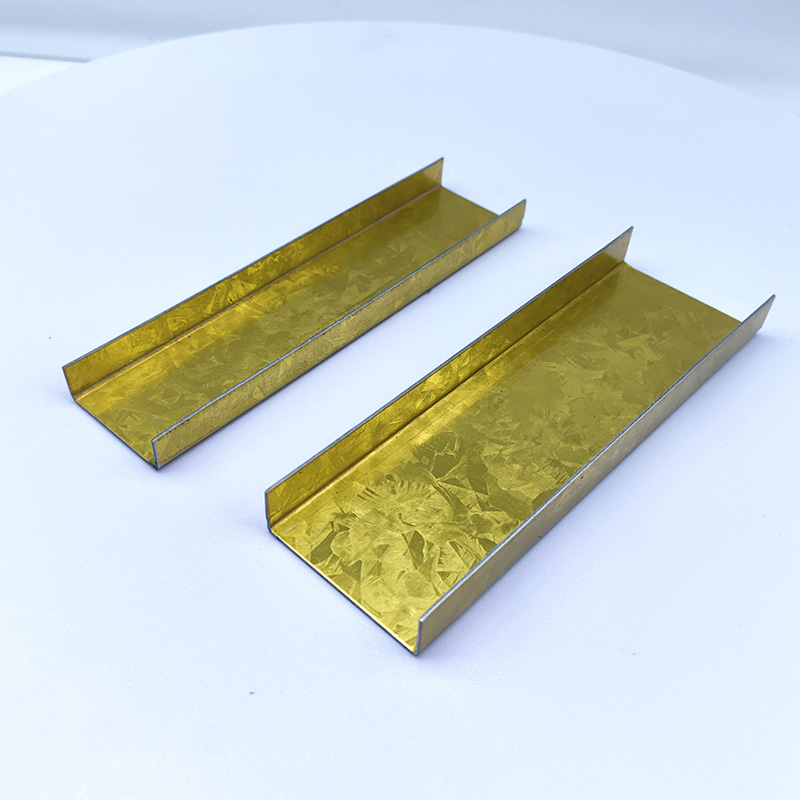Is the Soundproofing and Insulation Effect of Light Steel Walls Really Reliable?
2025-01-23 15:25:02
I. Introduction
In modern construction, light steel walls, as an innovative and eco-friendly building material, are gradually becoming the preferred choice for many construction projects. They offer multiple advantages, such as being lightweight, durable, and environmentally friendly, and are highly favored due to their ease of construction. However, with their widespread application, one question often arises: Are the soundproofing and insulation effects of light steel walls really reliable? This article will delve into this issue, guiding readers through the actual performance of light steel walls in terms of soundproofing and insulation.
II. What Are Light Steel Walls?
Light steel walls are wall systems made of lightweight steel frames, with gypsum boards, cement fiberboards, or other lightweight panels as surface materials, combined with various filling materials. These walls are uniquely structured, with diverse materials, and are known for their high strength, excellent seismic resistance, and fast construction speed. The reason light steel walls are favored in modern construction is primarily due to their ability to significantly enhance energy efficiency in buildings while reducing material waste and environmental pollution during construction.
III. Soundproofing Effect of Light Steel Walls
1. Soundproofing Principle
The soundproofing effect of light steel walls is mainly due to the reasonable design of their structure and the scientific combination of materials. The steel frame, acting as the skeleton, effectively blocks the transmission path of sound, while the panels and filling materials absorb and reflect sound, thereby reducing sound penetration.
2. Soundproofing Performance Testing and Standards
Common soundproofing tests in the industry include the Sound Transmission Class (STC) rating, which measures a wall’s ability to block sound at different frequencies. Light steel walls perform well in soundproofing tests. Although their soundproofing effect may be slightly less effective than traditional materials like brick or concrete walls, under specific conditions, light steel walls can fully meet the soundproofing requirements for residential, office, and other environments with proper structural design and material selection.
3. Soundproofing Effect in Actual Applications
In residential settings, light steel walls can effectively block noise from neighbors and footsteps from floors above and below. In office environments, they ensure the privacy and quietness of individual work areas. However, the soundproofing effect can be influenced by various factors such as wall thickness and the choice of filling materials, so these factors need to be carefully considered during the selection and design process.
IV. Insulation Effect of Light Steel Walls
1. Insulation Principle
The insulation effect of light steel walls primarily depends on the thermal conductivity and reflectivity of the materials. By using materials with low thermal conductivity and designing a well-structured wall, light steel walls can effectively block the transfer of heat and maintain a constant indoor temperature.
2. Insulation Performance Testing and Standards
Insulation performance tests include the R-value (thermal resistance) and U-value (thermal transmission coefficient). Light steel walls perform excellently in insulation tests, especially when compared to other common building materials such as brick and concrete walls, where their insulation properties stand out.
3. Insulation Effect in Actual Applications
In various climate conditions, light steel walls consistently show good insulation effects. In hot summer climates, they effectively block external heat from entering, keeping indoor spaces cool. In cold winter conditions, they prevent heat loss, maintaining a warm indoor environment.
V. Factors Affecting the Soundproofing and Insulation Effects of Light Steel Walls
The soundproofing and insulation effects of light steel walls are influenced by several factors, including wall thickness, the choice of filling materials, the construction quality and sealing of the walls, and external environmental factors such as temperature and humidity. These factors collectively determine the performance of light steel walls in real-world applications.
VI. Advantages and Limitations of Light Steel Walls
1. Advantages
In terms of soundproofing and insulation, light steel walls can meet the needs of most building environments through reasonable structural design and material selection. Compared to traditional wall materials, light steel walls offer significant advantages in terms of lightweight construction and high construction efficiency.
2. Limitations
Although light steel walls perform excellently in soundproofing and insulation, their effects may not be ideal under certain specific conditions, such as extreme weather or special soundproofing requirements. The sealing and material combinations of light steel walls are areas that require ongoing improvement.
VII. How to Enhance the Soundproofing and Insulation Effects of Light Steel Walls?
To further enhance the soundproofing and insulation effects of light steel walls, the following measures can be taken:
· Optimize wall design by increasing wall thickness and selecting appropriate filling materials.
· Ensure precise sealing and joint treatment during construction to reduce sound and heat leakage.
· Choose high-performance soundproofing and insulation materials such as polyurethane or glass wool to improve the overall performance of the walls.
VIII. Conclusion
In conclusion, light steel walls perform excellently in terms of soundproofing and insulation, demonstrating significant feasibility and applicability. In modern construction, light steel walls not only meet the demand for comfortable environments but also effectively reduce energy consumption and improve building energy efficiency. Therefore, when designing buildings, it is important to choose the appropriate wall materials based on specific needs and fully consider the advantages and limitations of light steel walls to create more comfortable and eco-friendly building spaces.

A Double Anti-Rust Gold Partition Wall Stud is a type of steel stud commonly used in the co...

A CD UD Profile Furring Clip U Clamp is a type of metal fastening component used in the ins...

A 60mm Ceiling Grid refers to a type of suspended ceiling system, commonly used in commerci...

38mm Main Tee and 50mm Main Tee refer to the widths of the main tee profiles used in suspen...

